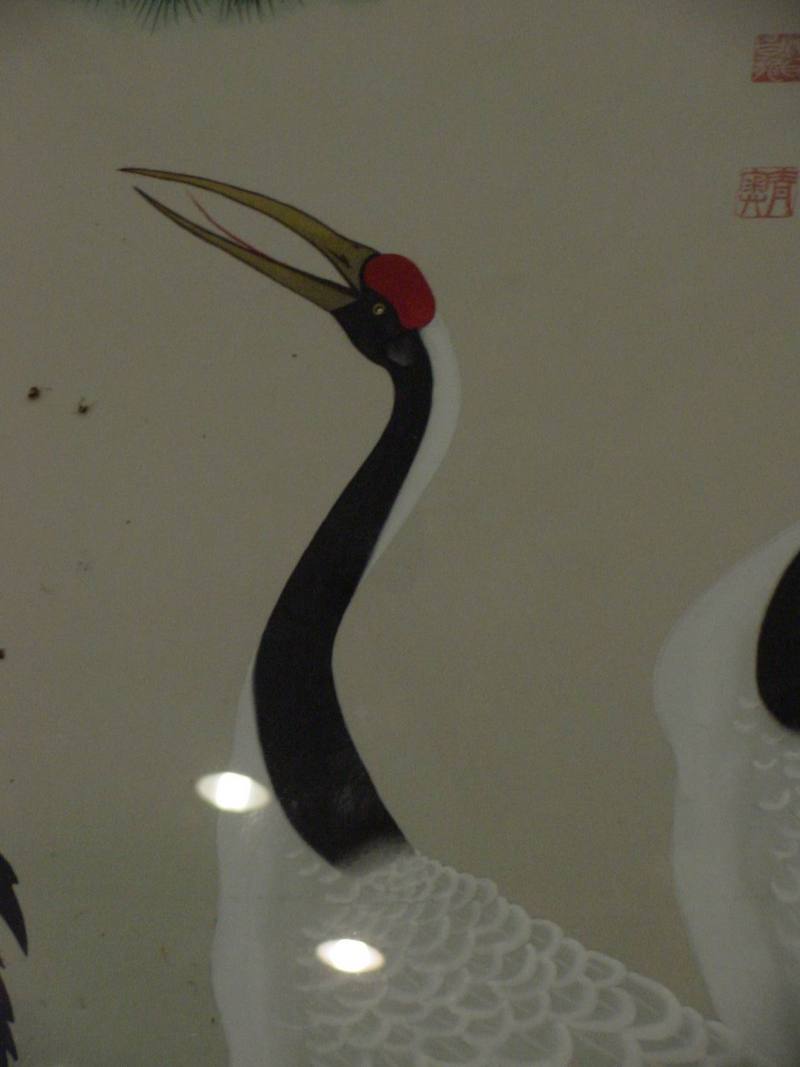|
| Query: large white | Result: 860th of 2106 | |
[Animal Art] Korean Traditional Painting of Red-crowned Crane <!--두루미-->
| Subject: | [Animal Art] Korean Traditional Painting of Red-crowned Crane
| | Poster: | Jinsuk Kim (kusnij@naver.com)
| |

| Resolution: 1200x1600
File Size: 125586 Bytes
Date: 2004:06:04 15:52:07
Camera: MAVICA (SONY)
F number: f/2.8
Exposure: 1/30 sec
Focal Length: 171/10 cm
Upload Date: 2004:06:09 22:24:59
|
[Animal Art] Korean Traditional Painting of Red-crowned Crane
Hotel Seoul Kyoyuk Munhwa Hoekwan, Seoul, Korea
The Red-crowned Crane (Grus japonensis), also called the Japanese Crane and 두루미 or 학 in Korean is a large crane and is the second rarest crane in the world. In East Asia, it is known as a symbol of luck and fidelity. At 55 inches high, the crane does not make easy prey, for all that it stands out in its natural habitat of marshes and swamps. When it matures, the Red-crowned Crane is snow white with a patch of red skin on its head. This patch of skin becomes bright red when the crane becomes angry or excited. An exceptional male weighed 15 kg (33 lbs.), making this the heaviest crane on record, although large Sarus Crane are taller. |
^o^
Animal Pictures Archive for smart phones
^o^
|
|

